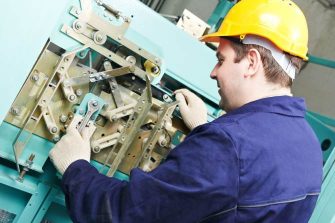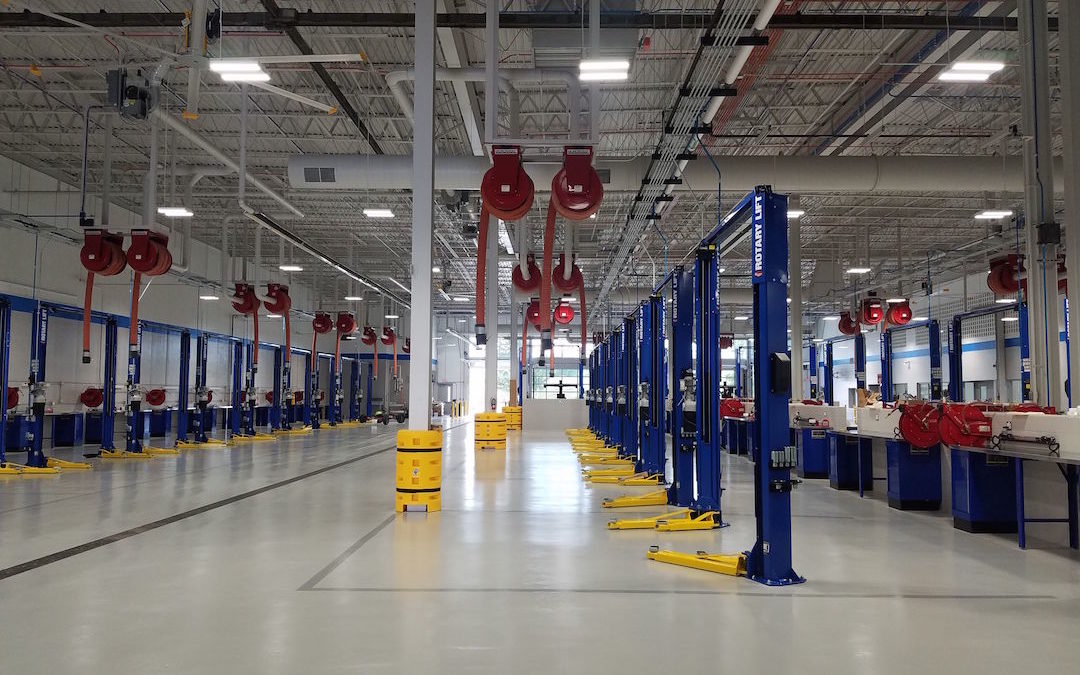Advanced Lift Engineer Course: Prepare for Occupations with Leading Lift Repair Companies Near Me
Advanced Lift Engineer Course: Prepare for Occupations with Leading Lift Repair Companies Near Me
Blog Article
Comprehensive Guide to Elevator Equipments and Their Maintenance
Navigating the detailed globe of lift systems and their upkeep is a task that requires precision and understanding. From the numerous types of elevator systems in usage to the meticulous adherence to safety policies, the upkeep of these upright transportation tools is a complex undertaking. As buildings soar greater and modern technology developments, the requirement for a thorough understanding of elevator systems comes to be significantly critical. Join us as we unwind the complexities of lift upkeep, checking out usual issues, best practices, and sophisticated technologies that shape the contemporary landscape of upright transportation.
Types of Elevator Systems
The most usual types include hydraulic lifts, traction elevators, machine-room-less lifts, and vacuum lifts. Hydraulic elevators are ideal for low-rise buildings and utilize a hydraulic piston to relocate the lift vehicle. Machine-room-less elevators are a space-saving option as they do not call for a different equipment area for the lift machinery.
Each sort of elevator system has its very own benefits and negative aspects, making it critical for building proprietors and developers to meticulously consider their particular requirements prior to choosing the most ideal alternative. Factors such as developing height, space accessibility, power performance, and spending plan restrictions all play a substantial role in establishing the best elevator system for a particular building.
Common Maintenance Issues
Regular maintenance of elevator systems is important to guarantee smooth operation and lengthen their lifespan. Despite routine upkeep, elevator systems can still encounter usual maintenance concerns that need to be promptly addressed to protect against interruptions in service. Regular assessments and proactive upkeep can help determine and resolve these typical upkeep concerns before they rise and impact the total efficiency of the lift system.
Safety Regulations and Compliance
Following rigid security regulations and making certain compliance with market standards are extremely important for maintaining the functional stability of lift systems. Lifts are subject to an extensive collection of safety and security regulations to safeguard travelers, upkeep personnel, and the public. Governing bodies such as the Occupational Safety And Security and Health Administration (OSHA) in the United States and the European Lift Organization (ELA) in Europe establish standards that cover different elements of lift style, maintenance, setup, and procedure.
Conformity with these policies is not just a lawful need but likewise an ethical obligation for structure proprietors and lift upkeep companies. Failure to meet safety standards can cause fines, lawful obligations, and, most significantly, threaten the safety and security of individuals making use of the elevator. Routine evaluations, upkeep checks, and adherence to safety and security methods described in the laws are important to guarantee the reliable and secure operation of elevator systems. By prioritizing safety and security laws and compliance, stakeholders can copyright the trust fund of the public and minimize potential threats related to lift usage.
Finest Practices for Upkeep

Building owners ought like it to also consider investing in modernization upgrades to improve the performance and safety of their elevator systems. By following these ideal methods, elevator systems can run efficiently and safely, supplying reputable vertical transport for occupants.

Advanced Technologies for Efficiency
Carrying out innovative innovations in elevator systems can considerably boost functional efficiency and traveler experience. These systems permit passengers to input their wanted flooring before getting in the lift, which after that directs them to the most reliable vehicle.
In addition, the assimilation of wise sensing units and anticipating maintenance capabilities has changed elevator upkeep. These sensors can spot potential issues prior to they rise, enabling proactive maintenance treatments and reducing downtime. Additionally, making use of energy-efficient parts and regenerative drives aids lower power his comment is here intake and operating costs in lift systems.
Furthermore, the application of cloud-based surveillance and remote diagnostics enables for real-time tracking of lift efficiency and instant troubleshooting of any kind of malfunctions. This aggressive strategy not only enhances system reliability however also improves the total user experience by guaranteeing uninterrupted and smooth lift procedures.
Conclusion
Finally, recognizing the various kinds of elevator systems, usual maintenance problems, safety and security guidelines, best maintenance practices, and advanced modern technologies for efficiency is essential for guaranteeing the smooth procedure of lifts. By sticking to safety regulations and carrying out finest practices for upkeep, structure proprietors can lengthen the lifespan of their elevator systems and guarantee the safety of passengers. It is essential to stay updated on the most up to date developments in lift innovation to improve efficiency and dependability.
The most typical types include hydraulic lifts, traction lifts, machine-room-less elevators, and vacuum elevators. Hydraulic lifts are ideal for low-rise structures and make use of a hydraulic imp source piston to move the elevator auto. Machine-room-less elevators are a space-saving choice as they do not need a separate equipment room for the lift equipment. Normal examinations and positive maintenance can help recognize and solve these typical upkeep concerns prior to they rise and impact the overall efficiency of the elevator system.

Report this page